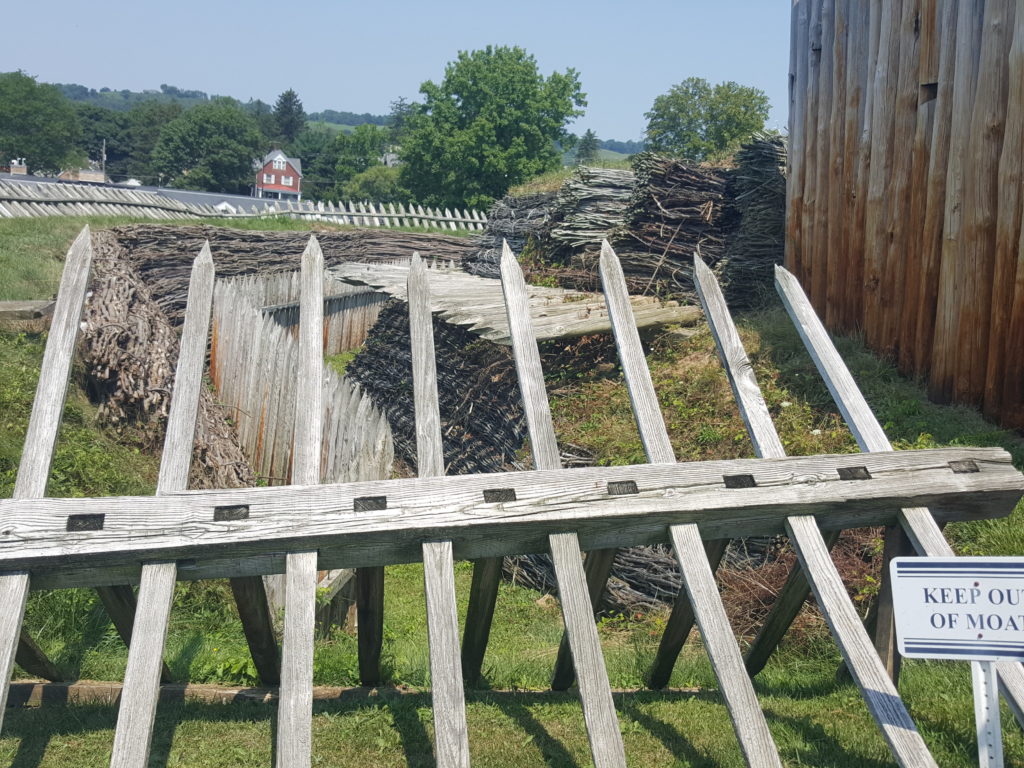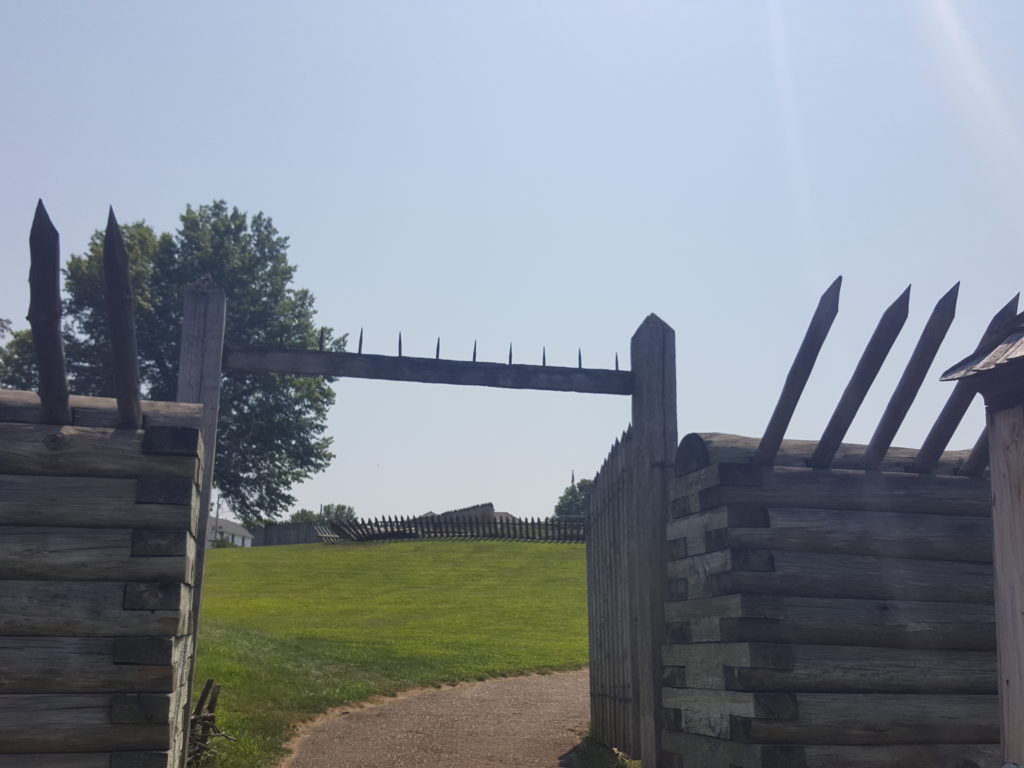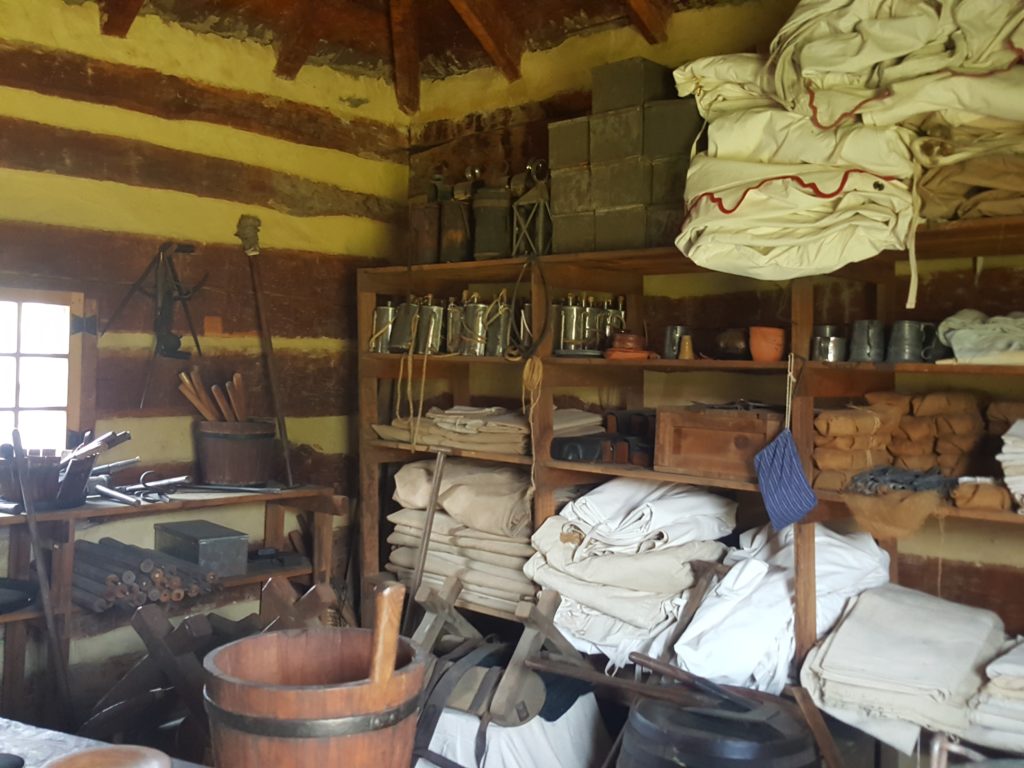In his native language, his name meant “He stands up to the cross” or “He sets up the cross.” It’s sometimes rendered as Kiasutha, Kiasola or Kiashuta, but mostly commonly as Guyasuta.
Guyasuta was born around 1725 in the Genesee Valley of New York. His father was a sachem of the Seneca nation, one of the six nations that made up the mighty Iroquois Confederacy.
The sachems of the Confederacy had an interest in Western Pennsylvania. Control of the Ohio River brought opportunities to trade with the French, as well as with their British allies. It also meant access to dwindling supplies of beaver. The Confederacy had defeated the native Algonquins and established a settlement at Logstown (see my previous post, also called Loggs Town, or Ciningue in French). In its time, it was the biggest, most prosperous town in the Ohio valley, home to councils and fur trading.
Guyasuta’s family migrated to Logstown, sometime before 1752. By then, the Delaware, Shawnee, Seneca and Cayuga Indians in Western Pennsylvania, Ohio and West Virginia had intermixed. They began to think of themselves as a separate people from the Iroquois. They called themselves Mingo or Ohioans.
Guyasuta meets Washington
In 1753, Guyasuta met George Washington for the first (but by no means the last) time. Washington called him “Tall Hunter” in his personal journals. Virginia’s Lieutenant Governor Robert Dinwiddy had sent Washington to Western Pennsylvania to notify the French that the area was claimed by Great Britain and ask them to leave.
Because the Iroquois Confederacy was allied with the British, Washington came to Logstown and requested a guide to Fort LeBoeuf. The sachems selected Guyasuta, along with Half King, the Cayuga Jeskakake, and Kaghsiwaghtanuint another Seneca.
The background of this trip isn’t as well-understood as it should be. The Lieutenant Governor, Washington’s brother Augustine, and Washington himself had goals unrelated to statecraft. The three gentlemen had engaged in land speculation in the Ohio Country. It was very much in their own financial interests to win the disputed territory for Great Britain.
The Mingo also had interests of their own. Although officially allied with the British because of their membership in the Iroquois Confederacy, these Ohioan Indians chafed under Iroquois control. They saw the French as potential allies against their Iroquois masters. These mixed loyalties complicated their motivations, to say the least.
As any Pennsylvania school child knows, Washington’s expedition to the French failed spectacularly. It led to the murder of Jumonville, Washington’s defeat at Fort Necessity, and the world’s first global war.
The French & Indian War Begins
We know, of course, that Washington was present at the Battle of the Monongahela, a disaster for the British. Guyasuta’s participation is less certain, but it seems likely. We do know that Guyasuta committed himself to the French side in the war. He hoped that a defeat for the British/Iroquois alliance would mean independence for the Mingo.
We also know that Guyasuta represented his people in alliance negotiations with the French. And we know that he spent the winter of 1755-6 in Montreal, making plans with his new allies.
In 1756, Guyasuta and his Mingo warriors attacked homesteads and trading posts all along the frontier. The attacks spread terror and convinced many British settlers to move back east. Said one, “Our tender infants hath their brains dashed out, our wives big with child hath their bellies ript open, those killed within their houses are mostly burnt with them. . . if thay flie into the woods or hideth in the hedges the murderers soon finds them and plunges their hatchets either into their brest or skill. . . their once sweet cheeks and lips now stained with dust and blood and their bosom filled with clotted gore.”
At this point, it looked like Guyasuta had backed the right side. The French seemed sure to win. But the tide was about to turn. . .
Coming in next month’s post: How did the end of the French & Indian War impact the Mingo people? And what was Guyasuta doing in the run-up to another historic conflict?
Sources
Crytzer, Brady J. Guyasuta and the Fall of Indian America. Yardley, PA: Westholme Publishing, LCC, 2013.
https://en.wikipedia.org/wiki/Guyasuta














